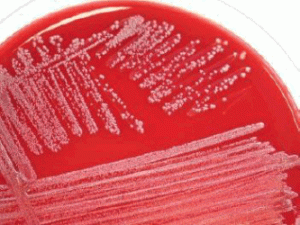Traces of drugs are floating around rivers and streams all across the country. They are introduced to the ecosystem when we take medication, metabolize them and flush them down the toilet. Because they are present in low amounts in the environment they have not been thought to be of huge concern to the species that inhabit waterways. But, a new study shows that traces of oxazepam, a benzodiazepine and antianxiety medication, can alter behavior in wild Euorpean perch, making them more active than normal. From The New York Times:
Researchers then took baby fish hatched from the roe of wild perch in what they considered a drug-free waterway, and divided them into three groups of 25. One group had no exposure to Oxazepam; the other two were placed in water with what researchers called a low concentration, at three times higher than the Fyris River, or an extremely high concentration, at 1,500 times higher.
The more Oxazepam they ingested the more active the fish were, measured by the number of swimming motions in a 10-minute period. They were also less social, spending less time near a section of the tank with other fish and more time near an empty compartment. And they were quicker to grab and eat zooplankton. At the highest Oxazepam concentration, fish were also bolder, measured by how long it took them to leave a box in the tank and explore new territory.
“Basically, no one left the box before they were subjected to the drug,” said Dr. Brodin, who said he saw the difference when he entered the room each day. The non-exposed fish “were hiding basically,” while the others “were out there, greeting me. They were totally different fish.”
It should be noted that the lowest concentration that the researchers measured is above the concentration usually observed in waterways. Fish in real world conditions may not have any altered behavior at all.

